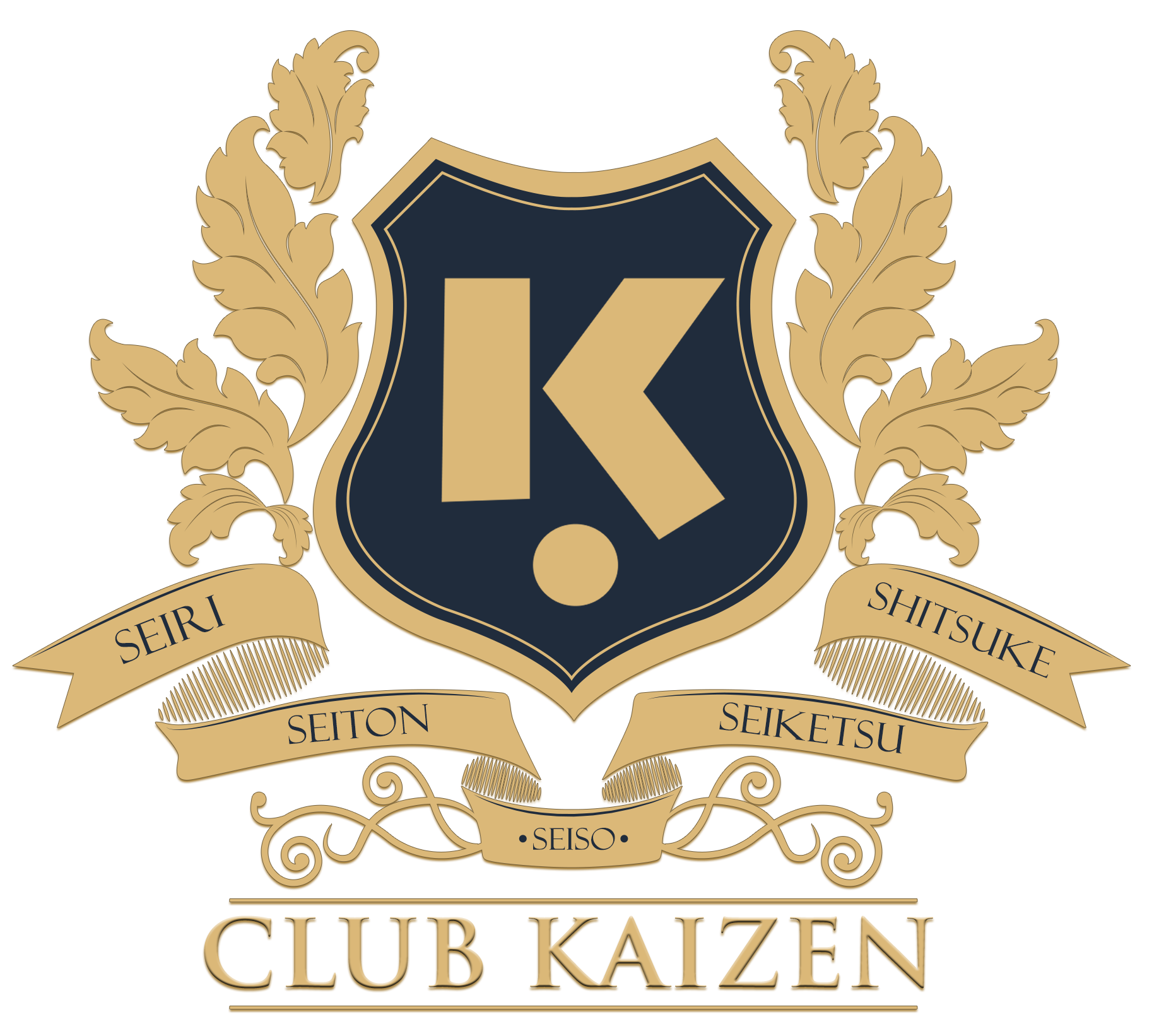
JIT is a type of inventory management that calls for close coordination with suppliers to ensure that raw materials arrive at the exact time when manufacturing is supposed to start, but no earlier. It aims to have the minimum amount of inventory on hand to meet demand.
How does JIT work ?
JIT inventory management guarantees that stock will arrive at the exact time it is required for manufacturing or to satisfy consumer demand, but not earlier. The objective is to reduce waste and improve the effectiveness of your business operations. Since quality rather than the cheapest price is frequently the primary goal, JIT necessitates long-term agreements with dependable suppliers.
JIT is an example of a lean management technique. All components of any manufacturing or service system, including humans, are connected in JIT. They share information and depend on one another to produce effective results. The name Kaizen, which means “transformation for the better” in Japanese, is where this technique got its start. The business strategy has its roots in Japan and aims to continuously enhance operations while including every employee, from CEO to assembly line workers.
KANBAN – A critical element for the JIT Inventory System
The “nervous system” of lean JIT production, kanban regulates inventory movement and work-in-progress production. When it comes to reducing manufacturing waste brought on by overproduction, kanban is essential.
Push inventory tactics are used in more conventional mass production techniques and are based on the anticipated quantity of sales. The pull approach used by Kanban allows for greater production floor flexibility because a business can only generate items in response to genuine customer requests. On a factory floor, Kanban uses cards—either paper or digital—to monitor the status of output. Kanban cards track the flow of inventory through the manufacturing process and can indicate when it’s time to place an order for additional stock.
Benefits of JIT
Just-in-time results in reduced scrap ,better quality products ,reduced cycle and setup times, higher productivity, higher workforce participation, etc. In addition to these benefits, JIT also improves relationships with suppliers.
It is clear that implementing a JIT system is a task that cannot be undertaken lightly. It will be expensive in terms of management time and effort, both in terms of the initial implementation and in terms of the continuing effort required to run the system over time.
Let us look more into the supplier side benefits of JIT.
Supplier gets a long-term guaranteed contract, steady demand and a good price. In return to these suppliers agrees to quality components (e.g. zero defects), guaranteed delivery times,
a “partnership” with its customer, contingency plans to cope with disruptions, common disruptions might be: the effect of bad weather, a truck drivers strike blocking roads/ports, a flu outbreak reducing the supplier’s workforce.
Criteria for supplier’s selection :
1) Good industrial relations (“involvement”, “value”, “dignity”, “ownership”), no strike deals
2) Close to production plant (else potential transportation delays)
3) You believe that the supplier can met their promises with respect to the list of factors given above that they are agreeing to.
You can decrease the total number of suppliers if they meet these requirements; in fact, it makes sense to do so. Why do you need five suppliers if five already meet all of these requirements? Obviously, for safety concerns, you can elect to have more than one supplier. A factory fire or an earthquake can affect even the best-run suppliers, but probably no more than two or three providers. Cost-wise, having a single supplier may be appealing, but one must weigh the danger versus the savings.
Some successful companies practicing Just-in-Time systems
Apple

Technology giant Apple has also used JIT concepts to improve the efficiency of its production process. The unique aspect of Apple’s JIT strategy is how they work with their suppliers to meet their objectives. With only one main warehouse in the
US and 150 major suppliers worldwide, Apple has built solid, strategic connections with its suppliers. This production outsourcing made Apple leaner, cut expenses, and decreased overstock as a result. The majority of their inventory is at their retail stores because they have just one central warehouse in the US. Apple started utilizing drop shipping, further adding to the JIT mix. This lowers the price of storage, shipping, and wastage.
Factors attributing Apple’s success
1) Apple is relieved of this obligation because to suppliers’ willingness to maintain stock on hand.
2) Keeping stock in their retail locations
3) Procedures for drop shipping internet purchases
McDonald’s

JIT inventory is used by fast-food businesses like McDonald’s to provide daily service to their consumers. These fast food restaurants typically have everything they need on hand, but they may wait until after the order has been received to assemble and prepare their hamburgers and sundaes, for example (except for a few finished products at peak times). This harmonizes the procedure so that customers always receive orders with the same consistent experience.
Factors attributing McDonald’s success
1) Standardized procedures ensuring consistency
2) JIT method increases customers satisfaction as items are made more freshly
JIT helps business owners save money and reduce wastage, while still providing their customers with the products they want and need in a timely manner. As excess inventory is vastly decreased by ordering inventory stock on a “just when you need” basis, business owners will not need to keep large quantities of inventory stock parts reducing all the costs associated with this.




 Southwest Airlines
Southwest Airlines Mumbai Dabbawalla
Mumbai Dabbawalla Starbucks
Starbucks